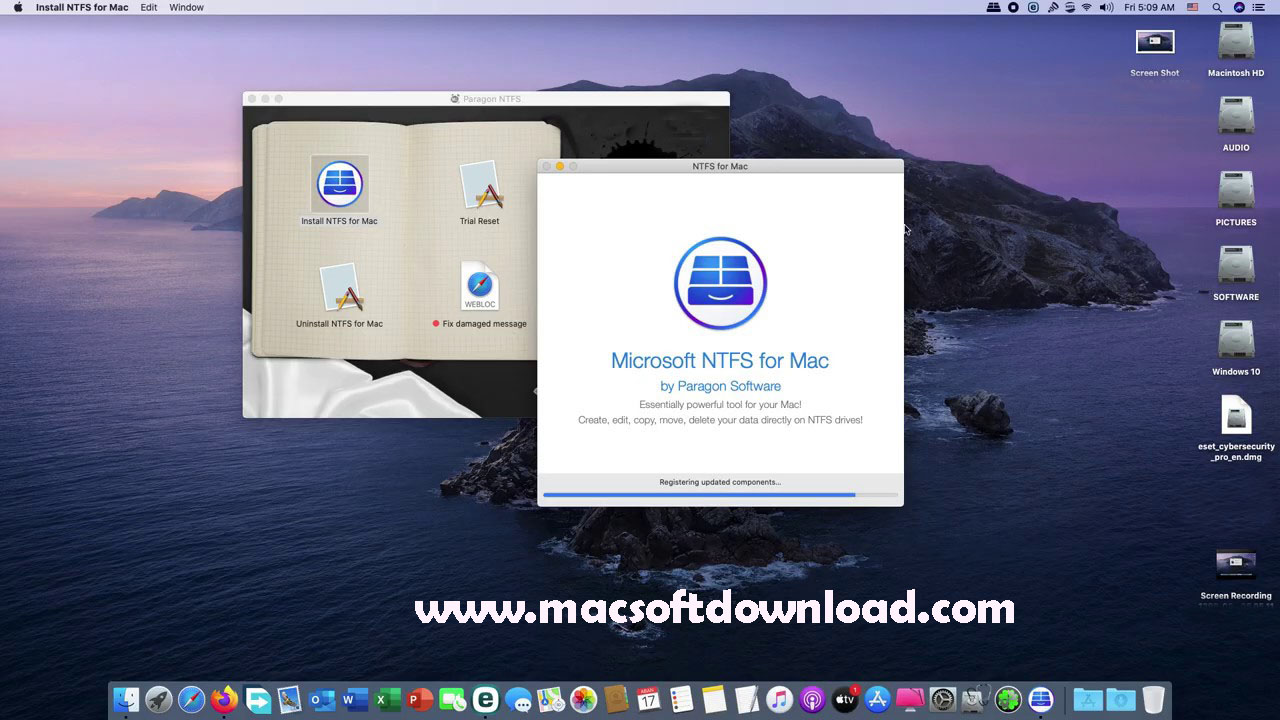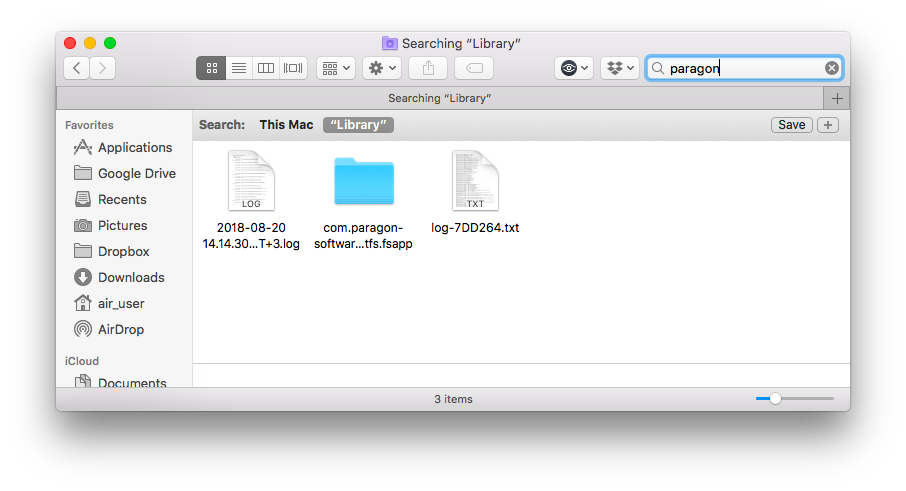



However, as you know that formatiing will erase all data on your drive, if you get data loss after formatting, please go to Part 3. In case the cause of "Read-Only mode" was an incompatible drive system, you can easily fix it by reformatting the drive to a mac-compatible format. 3 Fixes to External Hard Drive Read Only Mac Inappropriate device formatting: Some external hard drives come with wrong formatting, which results in the "Read Only mode" getting enabled as soon as you mount them. Inappropriate permission settings: Switching the hard drives from one OS to another may result in an unsuitable permission setup, which makes the device suspicious for the Mac thus, it puts it in "Read-Only mode." The file system is "NTFS": "NTFS" is a Windows-oriented file system thus, it is incompatible with your Mac There can be several reasons behind the problem, we will discuss some of them below.


 0 kommentar(er)
0 kommentar(er)
